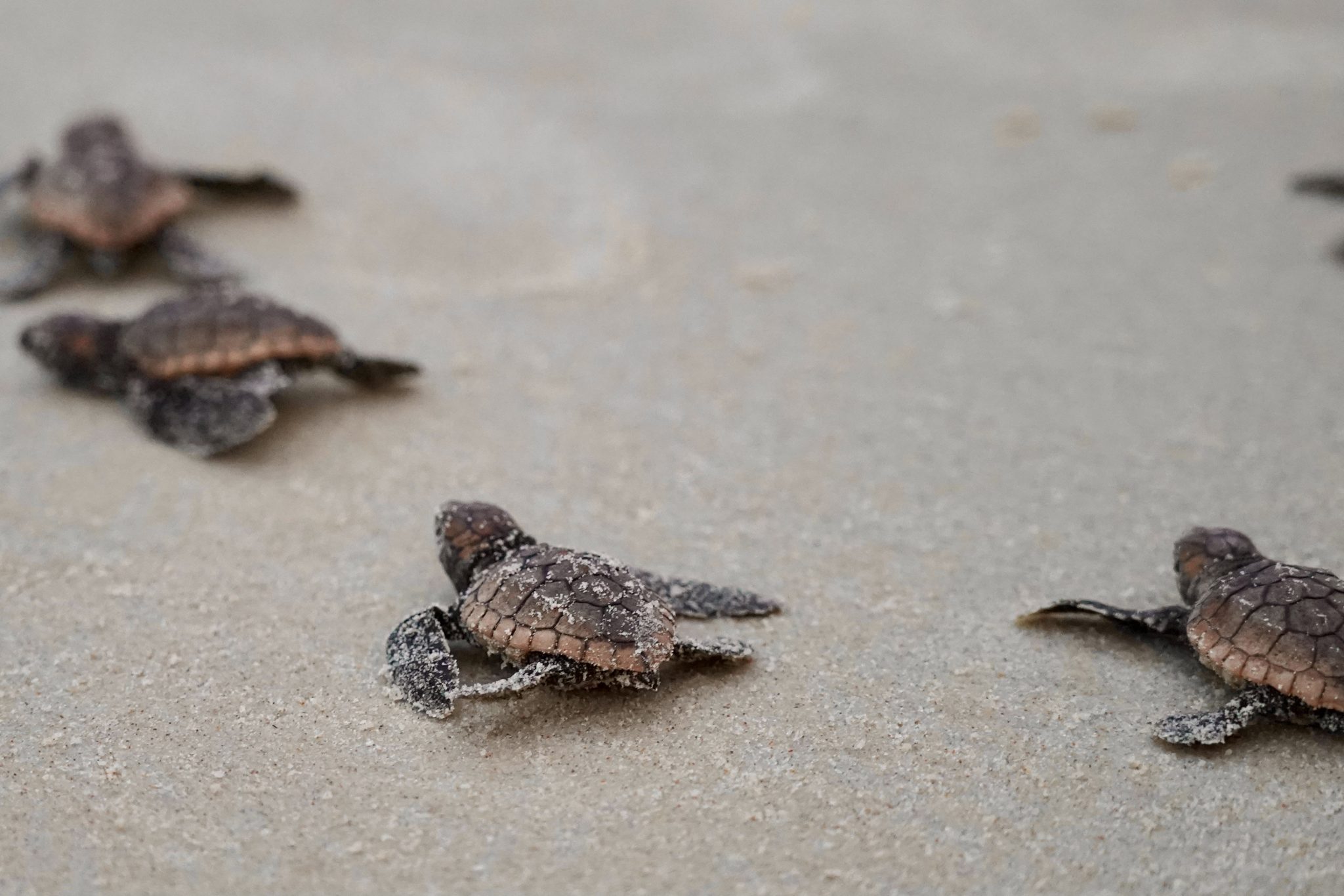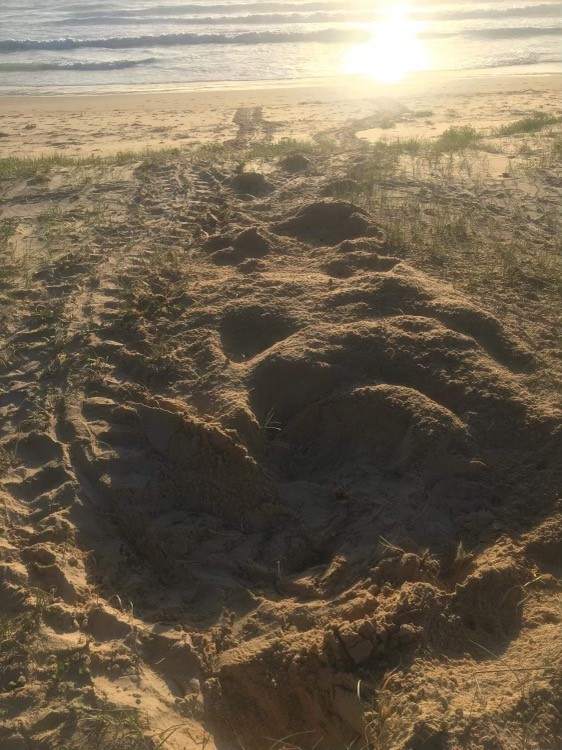Record Season for Nesting Sea Turtles
It’s been a record season for nesting sea turtles along the New South Wales coastline. More and more people are monitoring local beaches for signs of nesting activity and reporting what they see. But according to NSW Turtle Watch, there are still pieces missing from the puzzle. On World Sea Turtle Day, we caught up with Project Officer Holly West.
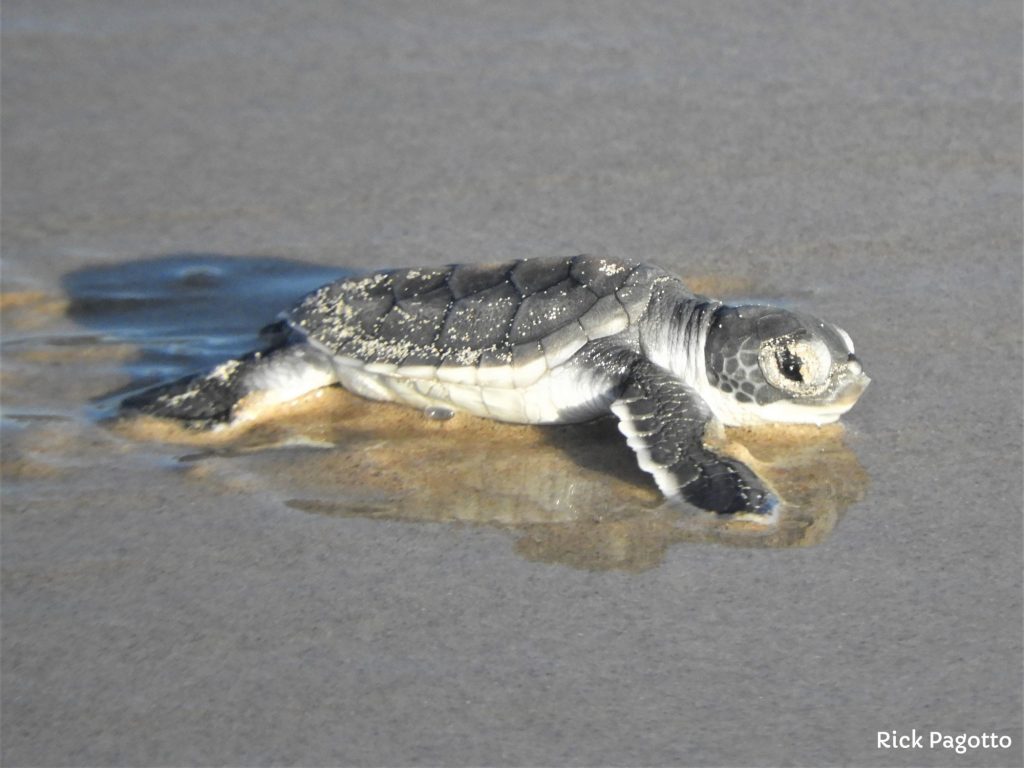
Increased Nesting Activity
“We had a total of 19 activities this year,” NSW Turtle Watch Project Officer Holly West explains. “During the biggest season prior to this one, 15 or 16 activities were recorded.”
“Activities” refers to female turtles coming up onto the beach and either laying eggs or intending to. The nesting season begins in November and runs through to late March the following year. While the increase in activity in 2020/21 is encouraging, Holly says the numbers don’t paint the whole picture.
“We don’t have a lot of hard data – we can’t tell you we’ve recorded every single nest,” she says. “We can only record what we’ve had reported through to us.”
Holly notes the increase in nesting activities could have a lot to do with an increase in reports from beach goers.
Engaging Citizen Scientists
Holly’s position has been made possible via Australian Seabird Rescue with funding from the NSW Saving Our Species Program. It means there’s now someone dedicated to developing the project. Something Holly is especially keen to do is engage more citizen scientists to address gaps in the data. Team leaders would be responsible for recording turtle nesting activities, measuring plastic and light pollution as well as monitoring beach change and sand temperature.
“It’s about getting as many eyes out there as possible and people reporting what they’re seeing,” Holly explains. “We’d like people to take ownership of their own beaches.”
Earlier in the season an app was released, allowing people to report turtle sightings, tracks or nests. There was also space to make notes on potential threats such as marine debris, light pollution, 4WD activity and dogs on beaches.
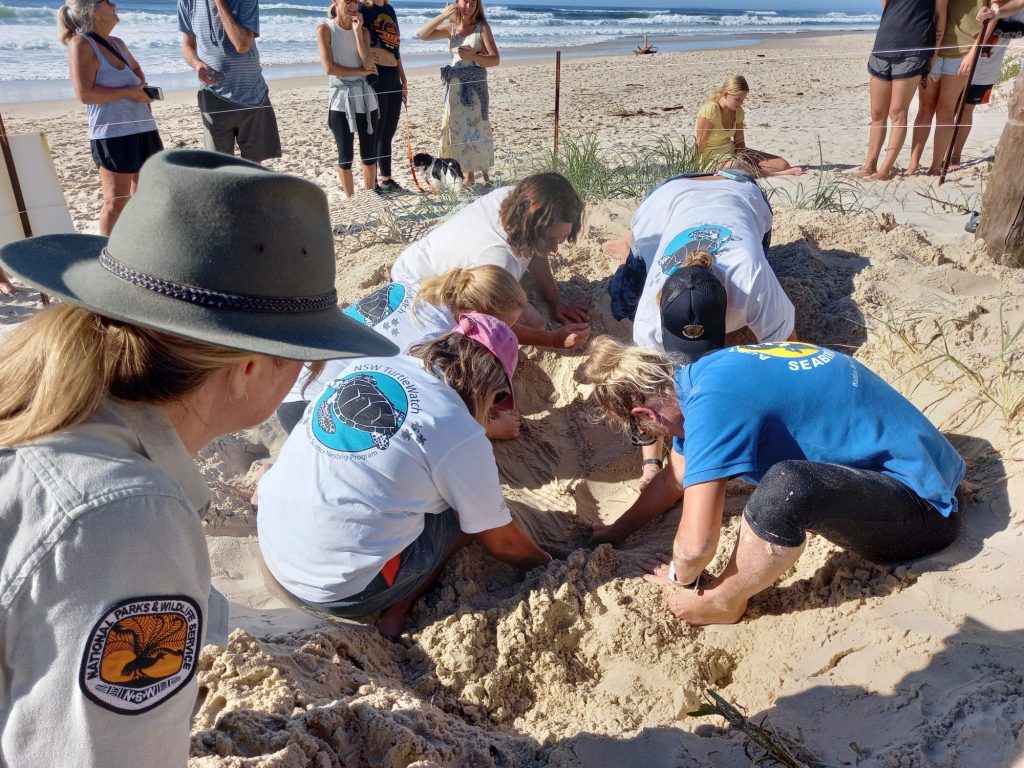
The Second Piece of the Puzzle
While more and more people are becoming aware of how to spot turtle tracks and nests, Holly says the second piece of the puzzle is often missing. Once a nest has been located, monitoring and excavation can reveal how many eggs have been laid and how many have hatched. If they haven’t hatched it’s important to note that so further research can be done.
“We need to know what we’re producing here on the Mid and North Coast,” Holly says. “We can potentially help with putting male turtles back into the population but we need to know what we’re producing and if we’re producing healthy hatchlings.”
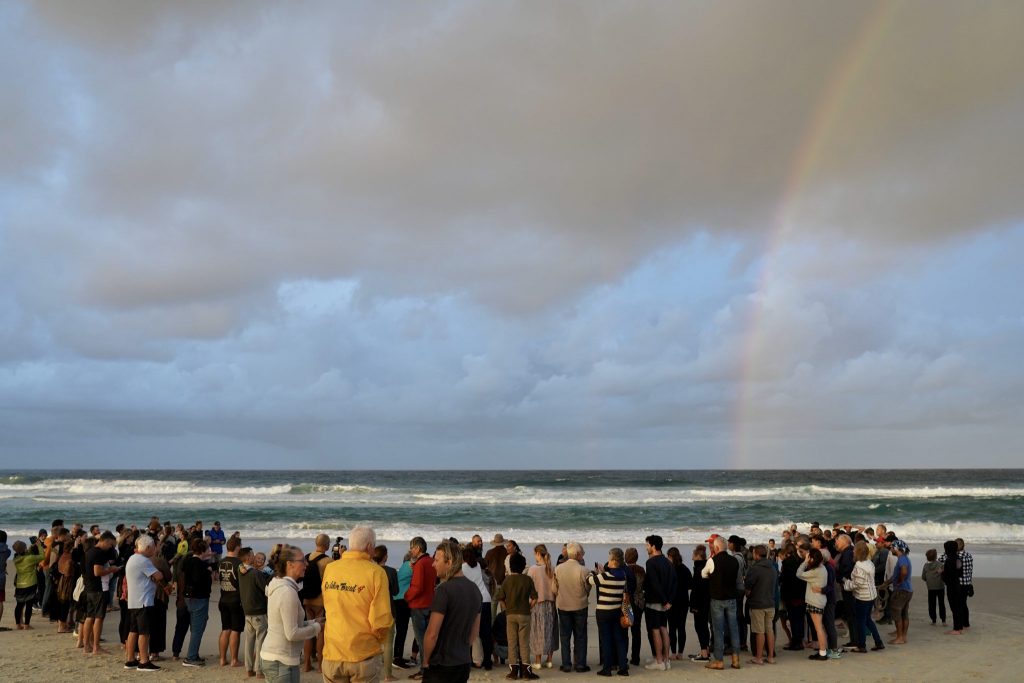
Collaboration is Key
NSW Turtle Watch works closely with National Parks as well as councils on the coast. But this season saw the inclusion of local Aboriginal land councils as well. Holly says this collaboration has resulted in many positive outcomes.
In the lead up to the next nesting season, Holly is calling on all coastal dwellers to get educated on how to spot turtle tracks and nests. She’d like people to report any threats or risks they encounter as well.
Keep up to date with NSW Turtle Watch here. Learn more about what it takes to care for a sea turtle hatchling here.


